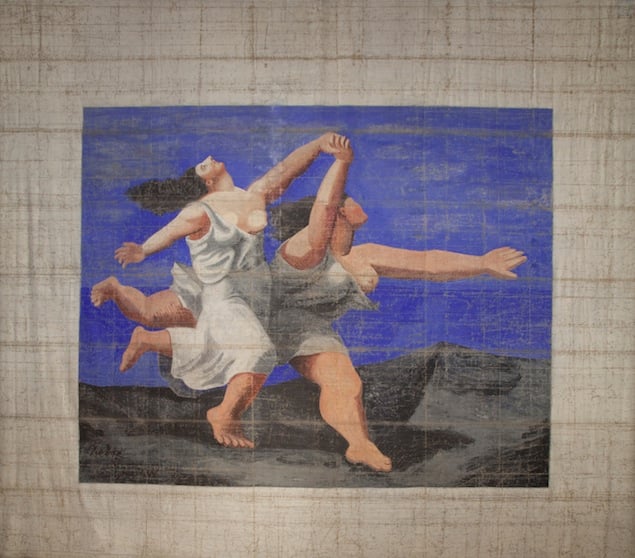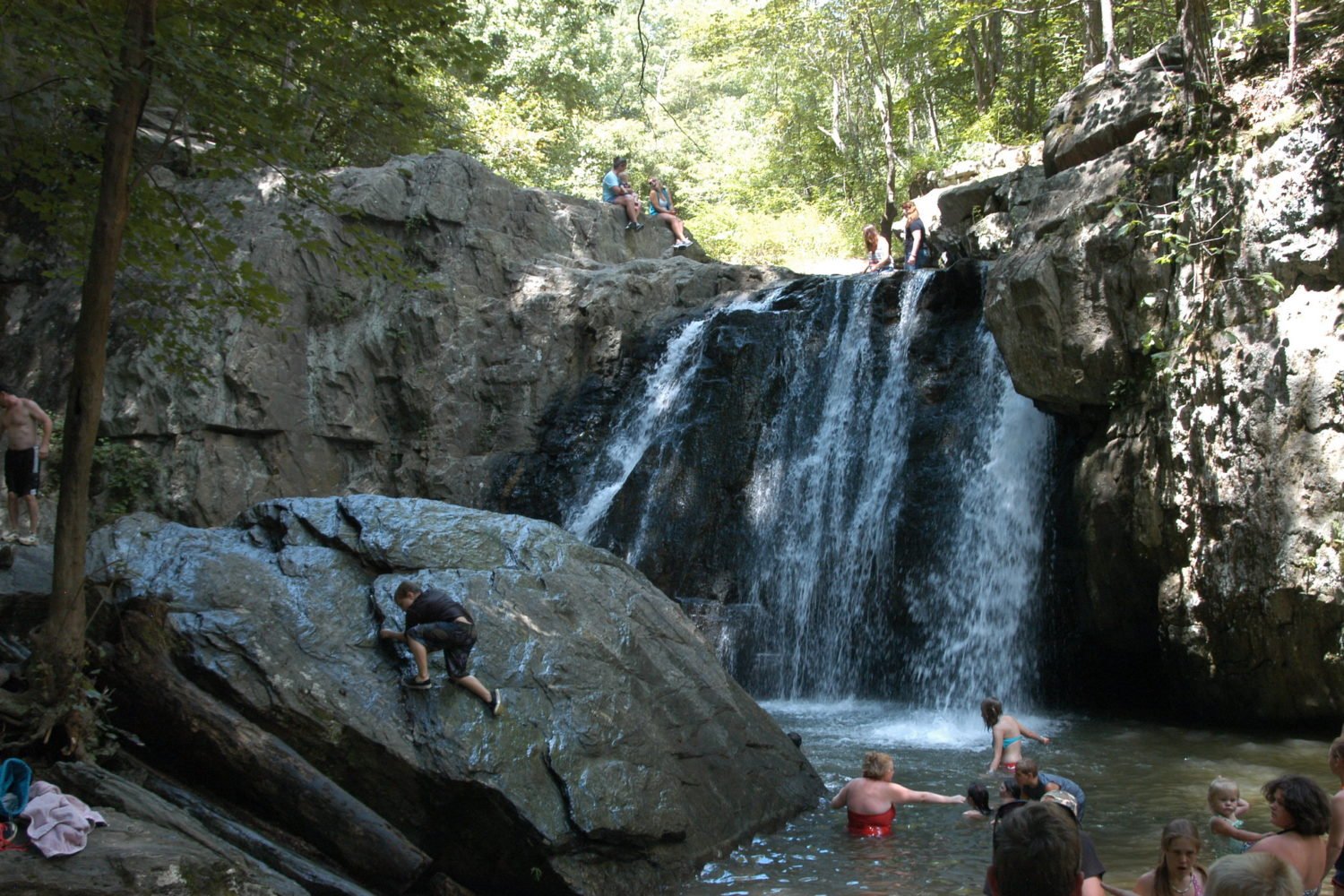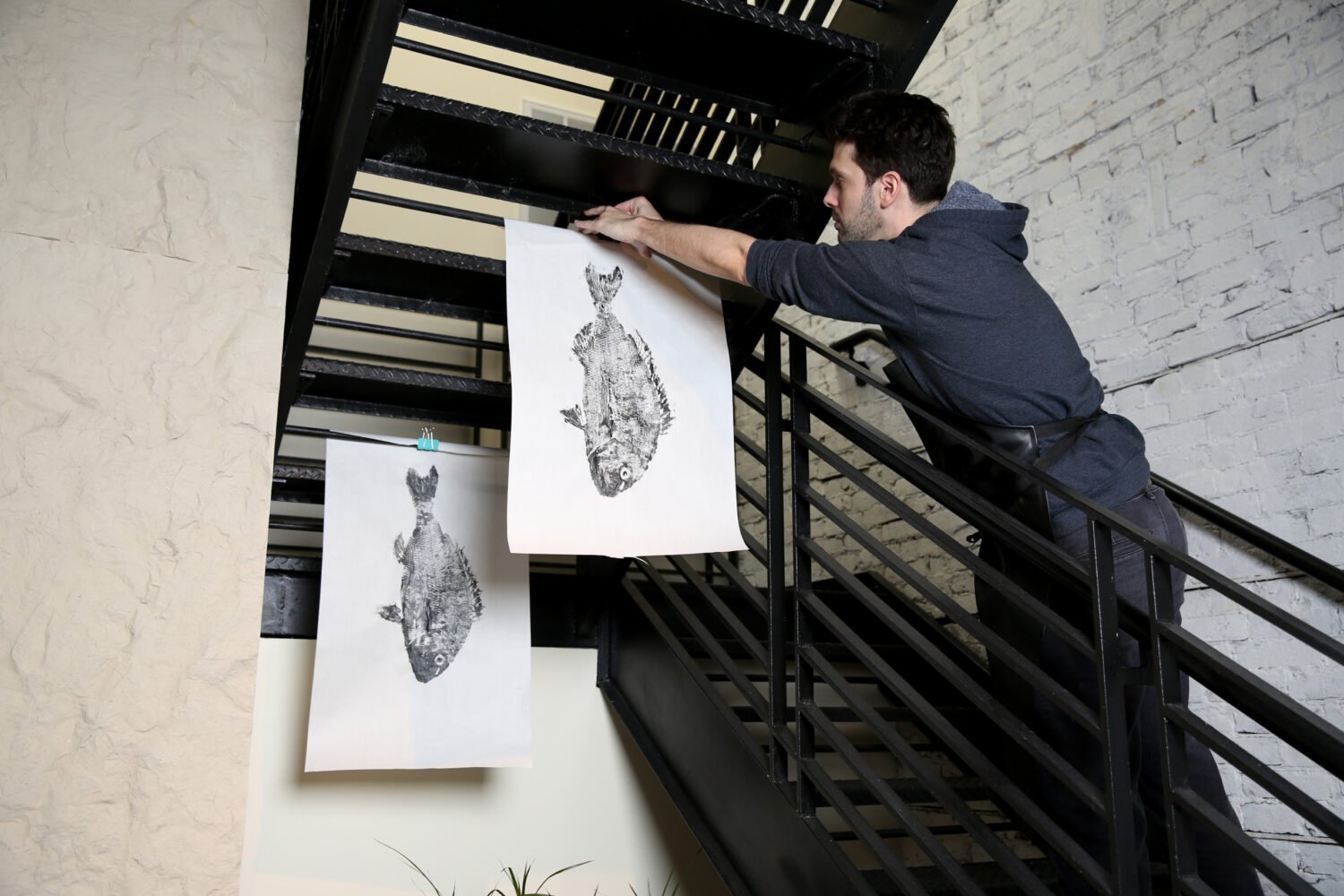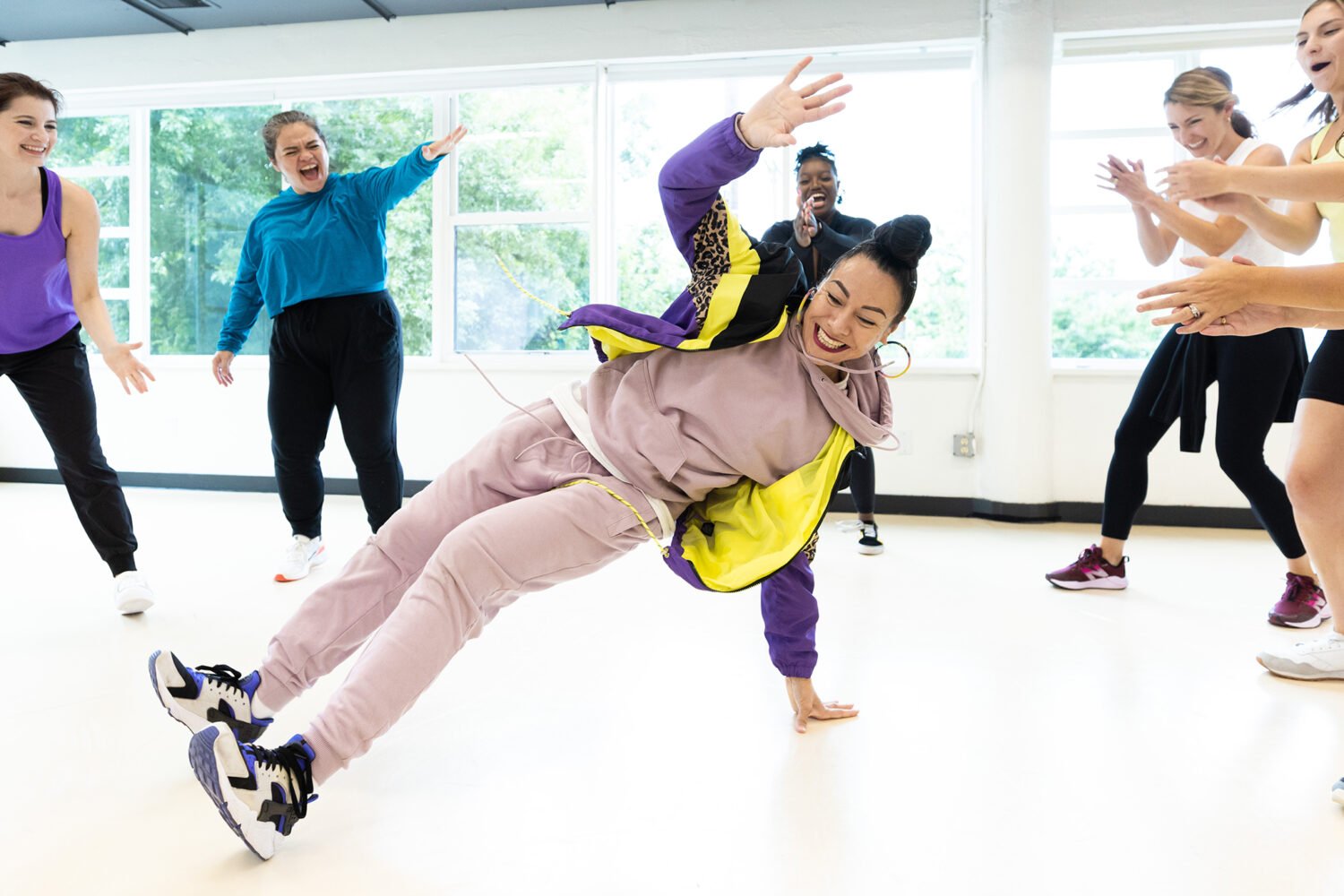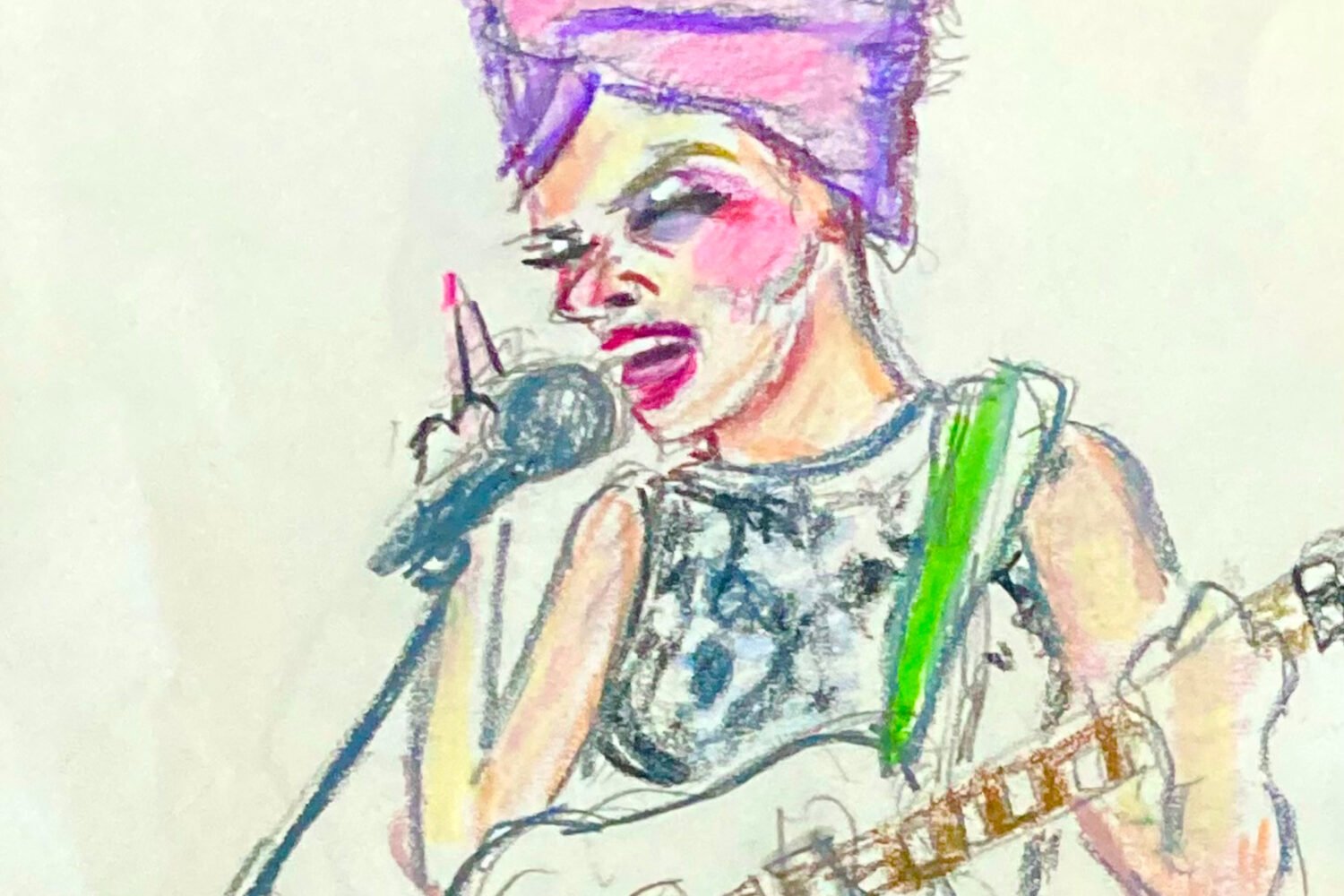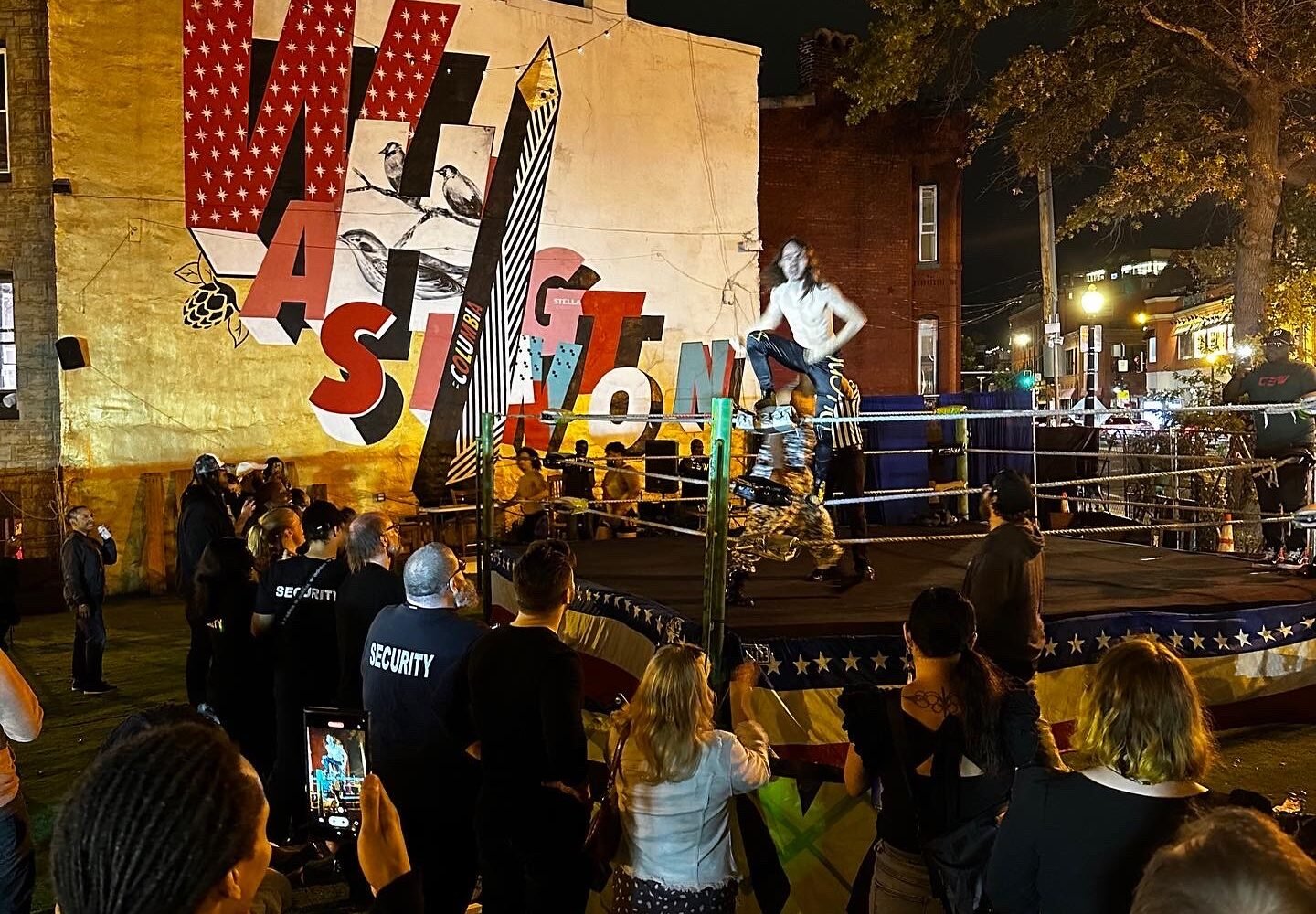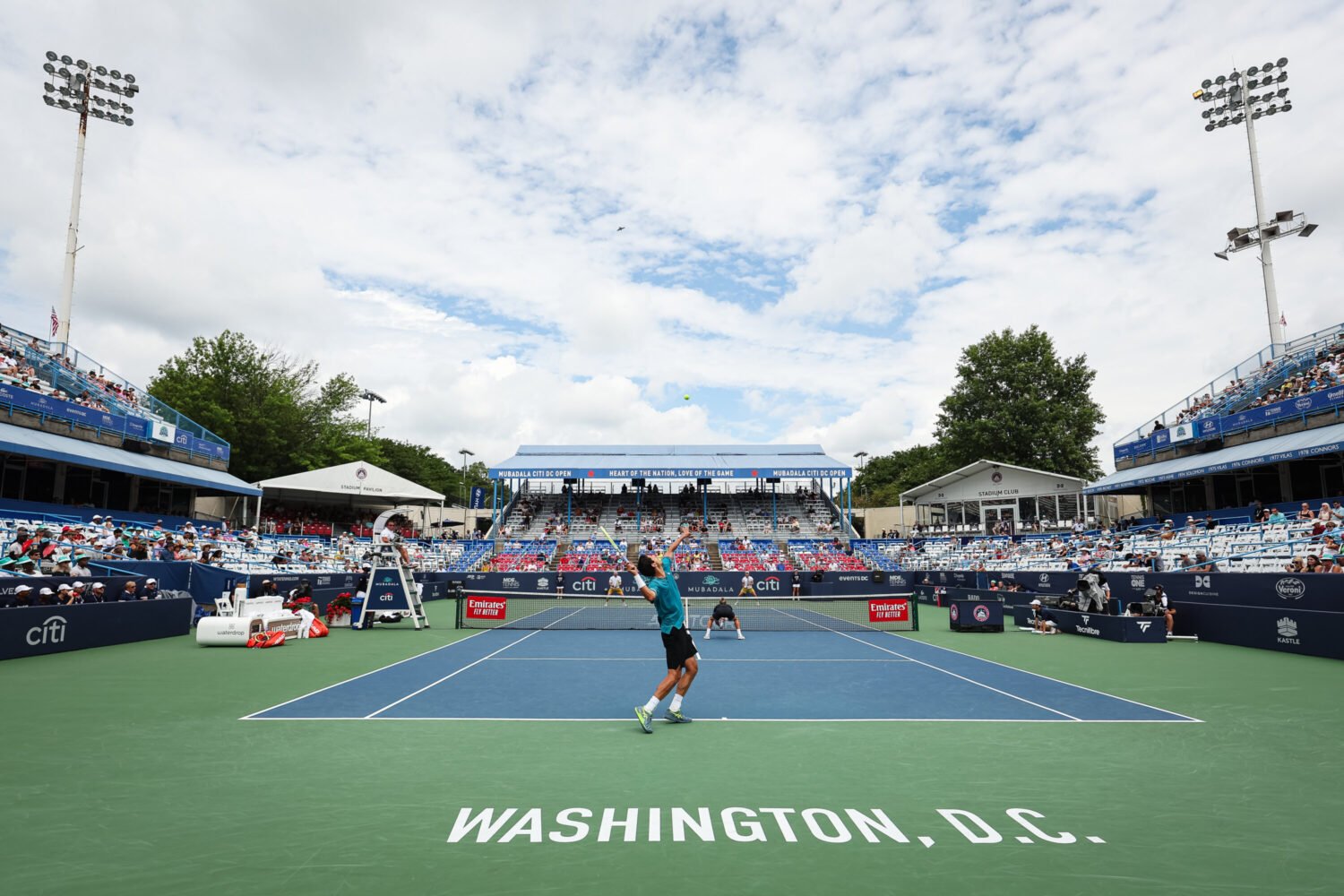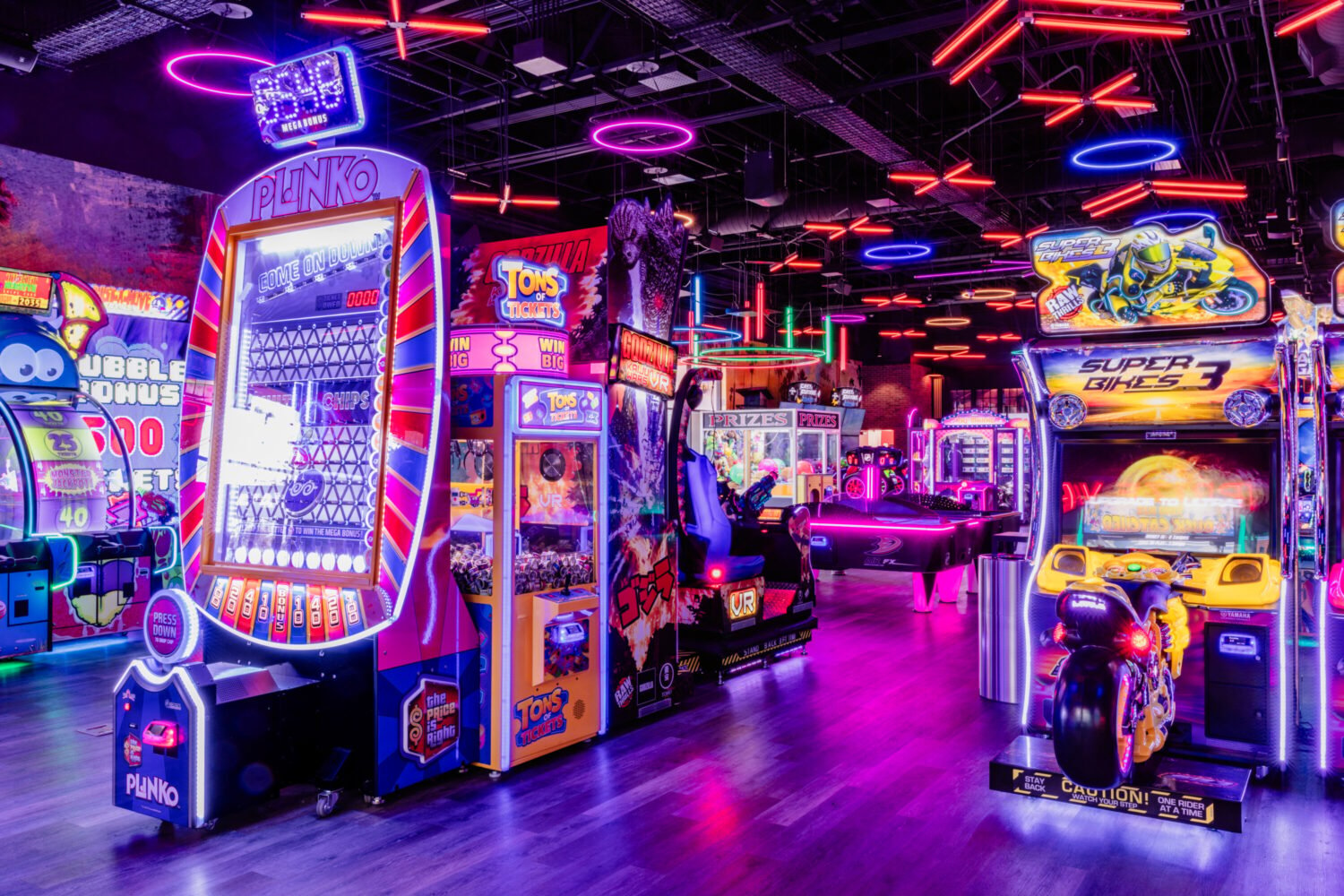There are a wealth of contradictions underpinning the National Gallery’s extravagant
new show, “Diaghilev and the Ballets Russes, 1909-1929: When Art Danced With Music.” The
show explores the incomparable legacy of Serge Diaghilev, a pioneer of the avant-garde
and a man who shaped the way ballet would evolve throughout the 20th century but who
also freely described himself as one “with a complete absence of talent.” This is
a show focused on Diaghilev, but there is very little of him in it, given that he
didn’t dance or sketch costumes or choreograph ballets or compose music. A sense of
him emerges only fleetingly, as a mustache-twirling impresario curating art in a thoroughly
fascinating way.
Another contradiction: Despite the nomenclature, the Ballets Russes never performed
in Russia. Before 1909, when the troupe was formed, Diaghilev (who was independently
wealthy) had worked as an art critic and curator and had produced concerts and operas
in St. Petersburg and in Paris, where the first Ballets Russes production was staged.
His choreographer was Michel Fokine; his principal dancers included Vasily Nijinsky
and Anna Pavlova. For the next 20 years, the company traveled around the world, presenting
more than half of its productions in Britain and collaborating with talents as diverse
as Igor Stravinsky and Coco Chanel. It is impossible to imagine modern dance being
the same without it.
“Diaghilev and the Ballets Russes” is a reimagining of an exhibition that ran at London’s
Victoria & Albert Museum in 2010, and while the Washington exhibition has more of
a visual art bent to it than the British show, it’s still an unexpectedly broad undertaking
for the National Gallery. The institution literally raised its roof in order to display
two key items: a backdrop painted by Natalia Goncharova for a 1926 production of
The Firebird, and a curtain designed by Picasso in 1924 for
The Blue Train, both of which are more than 30 feet tall. Although the two items are imposing, visually,
they feel curiously flat taken out of context. Like cubism, the show deconstructs
ballet down to its composite parts and presents them as individual masterpieces, when
by their very nature they were designed to play as part of an ensemble.
The same goes for the costumes, which seem to make up the majority of items on display.
Most are extraordinary, both in their construction and their heritage, but to see
them displayed on mannequins is only a small part of the story. The exhibition includes
video footage of modern reconstructions of Ballets Russes performances featuring companies
such as the Joffrey Ballet and the New York City Ballet, but the two-dimensional projections
don’t quite evoke the sense of ferocious energy and sweat that live dance does. The
heaviness and intensity of the early Ballets Russes costumes in particular provoke
a hundred practical questions about their nature in performance that remain unanswered.
As works of art, the costumes pale in comparison to their elegantly rendered designs,
including the gorgeous drawings and watercolors by Alexandre Benois and Léon Bakst.
Still’s there’s plenty to marvel at, from the oppressive, faceless costume for a mourner
designed by Matisse for 1920’s
The Song of the Nightingale to the flagrantly bonkers designs re-created from Picasso sketches for
Parade (one resembles an American skyscraper, the other a Parisian street). And the exhibition
is rich in artifacts and relics, particularly photographs of the alluring, heavy-lidded
Nijinsky, whose relationship with Diaghilev ended abruptly (and led to the dancer’s
booting from the company) when Nijinsky unexpectedly married a woman. One notably
ominous work on paper is by Nijinsky himself, sketched in colored pencil when he was
recovering in a mental institution, and depicting a masklike geometric structure resembling
a face. The frantic repetition in the circles and heavy lines is troubling, especially
when compared with Auguste Rodin’s tiny bronze sculpture of the dancer in an animalistic
pose or the elegant, brazen photographs of Nijinsky in performance.
Toward the end of the show, the question hanging in the air is whether Diaghilev himself
was an artist, a patron, a tastemaker, or an extraordinarily lucky man with an exemplary
eye for talent. “I am at first a charlatan, but full of dash; secondly, a great charmer;
thirdly, cheeky; fourthly, a very reasonable man with few scruples,” said Diaghilev
in 1895, long before the Ballets Russes had sprung onto the world stage as a unique
and impossibly influential collaboration between artists and dancers. By its very
nature, an exhibition exploring performance will offer up only fragments and leave
imagination to fill in the rest. The National Gallery’s take on Diaghilev brings together
design, costume, music, art, photography, and historical context to offer a thoughtful
and comprehensive tribute to the company more than a century after it debuted. It’s
a tantalizing and almost-fulfilling glimpse into a remarkable manifestation of genius,
regardless of whether you count the founder in that category.
“Diaghilev and the Ballets Russes, 1909-1929: When Art Danced With Music” is in the
National Gallery’s East Building from May 12 through September 2. More details are
available at the National Gallery’s website.

